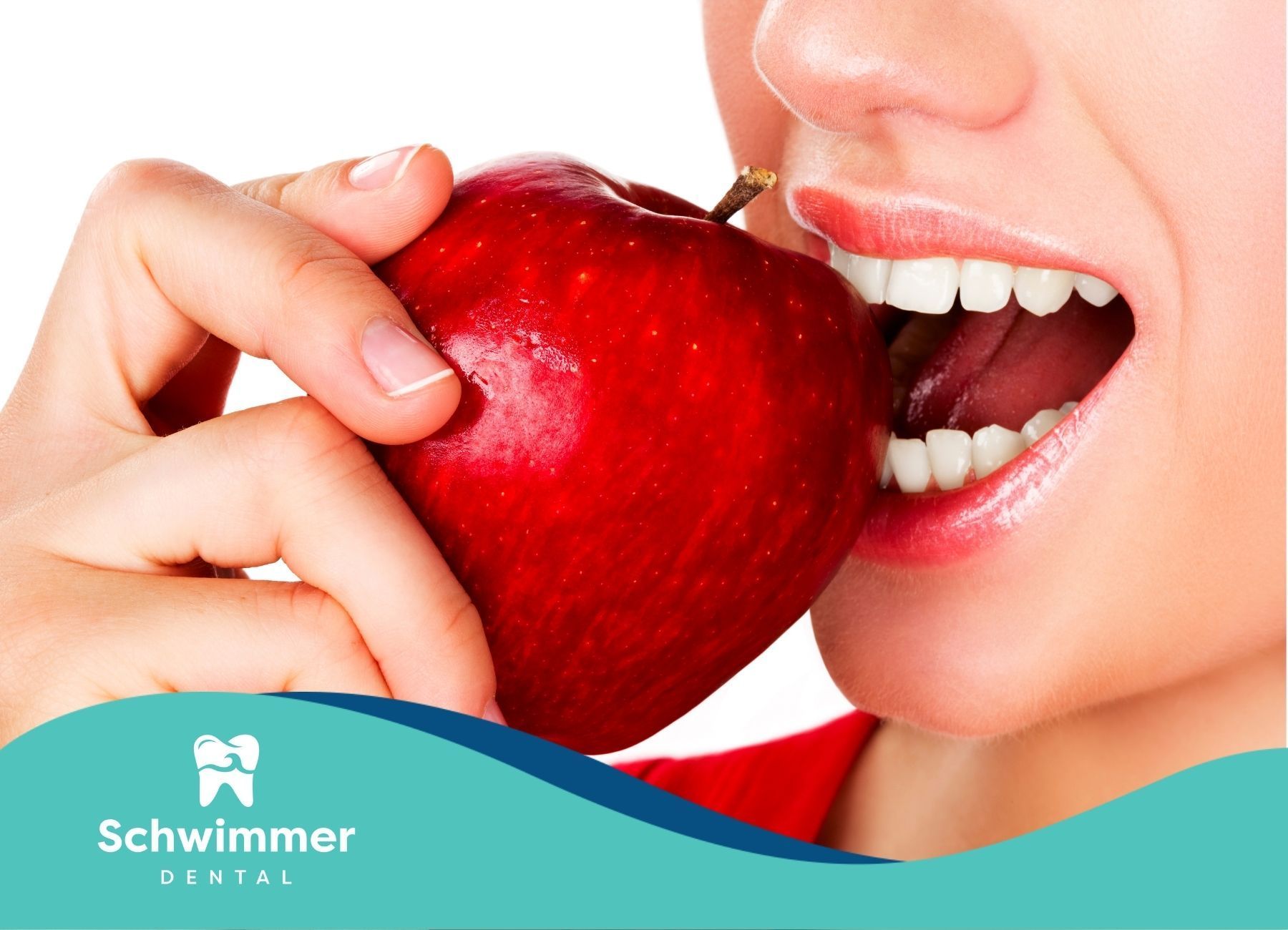Uncovering the Causes of Black Stains on Teeth
Key Highlights
- Black stains on teeth can come from different things. These can be lifestyle choices or health issues.
- It is very important to keep good oral hygiene to stop black stains.
- What you eat and drink matters a lot. Some foods and drinks can make stains worse.
- Sometimes, black stains might mean there is a bigger problem, like tooth decay.
- It is a good idea to see a dentist for a diagnosis and a treatment plan to deal with black stains.
Introduction
A bright smile usually shows that a person has good oral health. However, black stains on teeth might be worrying. These stains can come from different reasons. They may be linked to tooth decay, changes in color due to lifestyle choices, or even hidden health problems. Knowing what causes these stains is important for effective treatment and keeping your oral health in good shape.
Understanding Black Stains on Teeth
Black stains on teeth can be a troubling issue. They often make people feel uneasy about smiling. These stains can happen for many reasons. This includes lifestyle choices like smoking and drinking coffee. They can also be caused by medical conditions or poor oral hygiene.
It's important to understand the types of stains and what causes them. This helps in finding the right way to deal with them. Asking a dentist for advice can be very helpful. They can explain the stains and help you get a brighter, healthier smile.
What are Black Stains?
Black stains appear on teeth as spots, lines, or dark areas. These stains fall into two groups: extrinsic and intrinsic.
Extrinsic discoloration happens on the outer layer of the tooth, called enamel. It mainly comes from outside sources like foods and drinks with color, tobacco use, and poor oral hygiene. Intrinsic discoloration affects the inner part of the tooth, known as dentin. This can be caused by certain medications, too much fluoride during tooth development, or injuries to the tooth.
Common Characteristics of Black Stains
Black stains can show up in different ways. They often look like dark spots or lines on your teeth. The size and shape can change depending on what caused them. You might see tiny dots or bigger areas that are darker. Some black stains may feel rough or sticky, while others might feel smooth.
Also, where the black stains are located can help figure out why they are there. Stains near the gum line might mean there is tartar buildup. Stains on the chewing surfaces could mean there is tooth decay. By knowing these signs, dentists can better identify what is causing the stains and suggest the right treatments.
Primary Causes of Black Stains in Different Age Groups
The reasons for black stains can change quite a bit based on different age groups. This is often due to differences in what people eat, how they take care of their teeth, and their overall health. Things like how teeth grow and the wear on enamel as people age also affect how easily stains can form.
So, knowing the usual causes of black stains for each age group can help create better ways to prevent them and treat them. This can lead to better oral health for everyone.
Causes in Children
Black stains on children's teeth are often linked to how their teeth grow and what they eat. Early childhood caries is a serious type of tooth decay that can show up as black spots. This can happen from drinking sugary drinks for a long time or not having good dental hygiene.
Also, too much fluoride taken while teeth are growing can cause problems. This condition is called fluorosis. It can create white or brown spots, which might look black if it gets really bad. Certain medications, like tetracycline antibiotics, can also change how teeth develop and cause discoloration in children.
Causes in Adults
In adults, lifestyle choices can greatly affect the appearance of black stains on teeth. Tobacco use is a major cause because the tar and nicotine in tobacco products can stain the enamel. Drinking beverages like coffee, tea, and red wine regularly can also cause discoloration over time.
Moreover, poor oral hygiene makes the issue worse. Plaque and tartar buildup create a rough surface that grabs pigments from food and drinks. Not brushing and flossing often adds to these stains.
Causes in Seniors
As we grow older, our teeth can become more likely to get black stains. Chewing over the years can wear down the enamel. This exposes the yellow dentin below, making the teeth look darker.
Also, many older adults experience receding gums. This can show the roots of the teeth, which are softer and can stain more easily. In addition, some medications that seniors take can also lead to tooth discoloration as a side effect.
Dietary Factors Contributing to Black Stains
Our eating and drinking choices can greatly affect the color of our teeth. Some foods and drinks have colors that stick to tooth enamel. This can cause stains, especially if we don't take care of our teeth properly.
If we pay attention to what we eat and drink and take steps to protect our teeth, we can keep our smiles bright and healthy.
Specific Foods and Beverages
Many foods and drinks can stain your teeth. Dark sauces, like soy sauce, balsamic vinegar, and tomato sauce, often cause stains. Drinks such as coffee, tea, red wine, and soda are also well-known for this. They stain teeth because of compounds like tannins, chromogens, and acids.
Certain fruits can contribute to staining too. Blueberries, blackberries, and pomegranates have a lot of pigments that can stain teeth. If you eat or drink these items often and don’t practice good oral hygiene, your teeth may get stained faster.
Impact of Poor Dietary Habits
Poor eating habits, like often eating sugary foods and drinks, make the mouth acidic. This can damage tooth enamel and cause staining. The sugar helps bacteria in plaque grow. These bacteria produce acids that weaken enamel. This makes it easier for colors to seep in.
Additionally, not keeping good oral hygiene, like not brushing and flossing regularly, makes the problem worse. Plaque and food bits build up on teeth, which leads to more staining and a bigger chance of tooth decay. To reduce stains, it is important to have a balanced diet and practice good oral hygiene.
Conclusion
In summary, it is important to focus on your mental health and well-being. You can do this by keeping a good sleep routine, being aware of what you eat, taking part in helpful activities, and having a positive attitude. These things can really improve your mental health. Remember, taking care of yourself is not selfish; it is necessary for your overall well-being. Make sure to set aside time for yourself and your mental health. This will help you live a happier and more satisfying life.
Frequently Asked Questions
Can black stains be a sign of underlying dental disease?
Yes, black stains can show a dental problem. This might be tooth decay or a dead tooth. If you worry about tooth discoloration, it's best to see a dentist. They can give you a proper diagnosis and a treatment plan.
Are black stains reversible with professional dental cleaning?
In many situations, a professional dental cleaning can help get rid of black stains on your teeth. These stains often come from surface-level discoloration. A dental hygienist uses special tools to wipe away plaque, tartar, and surface stains. This process leaves you with a brighter smile.
SOURCES:
https://www.dentalcare.com/en-us/ce-courses/ce491/staining-types-and-causes
https://www.colgate.com/en-ph/oral-health/adult-oral-care/what-to-do-about-black-teeth-stains
https://www.nature.com/articles/s41415-022-4345-0
https://www.medicalnewstoday.com/articles/321777
https://pmc.ncbi.nlm.nih.gov/articles/PMC4354720/
https://www.nature.com/articles/s41598-018-35240-7



